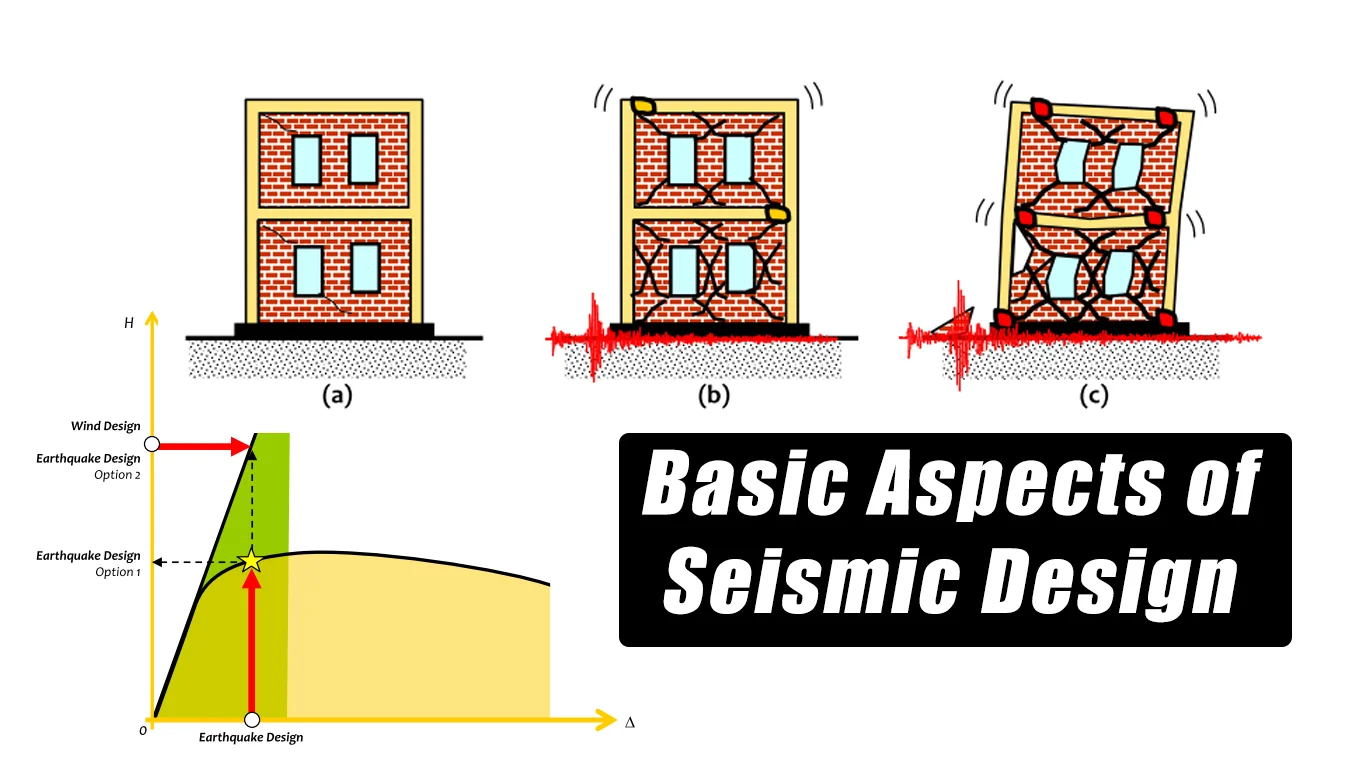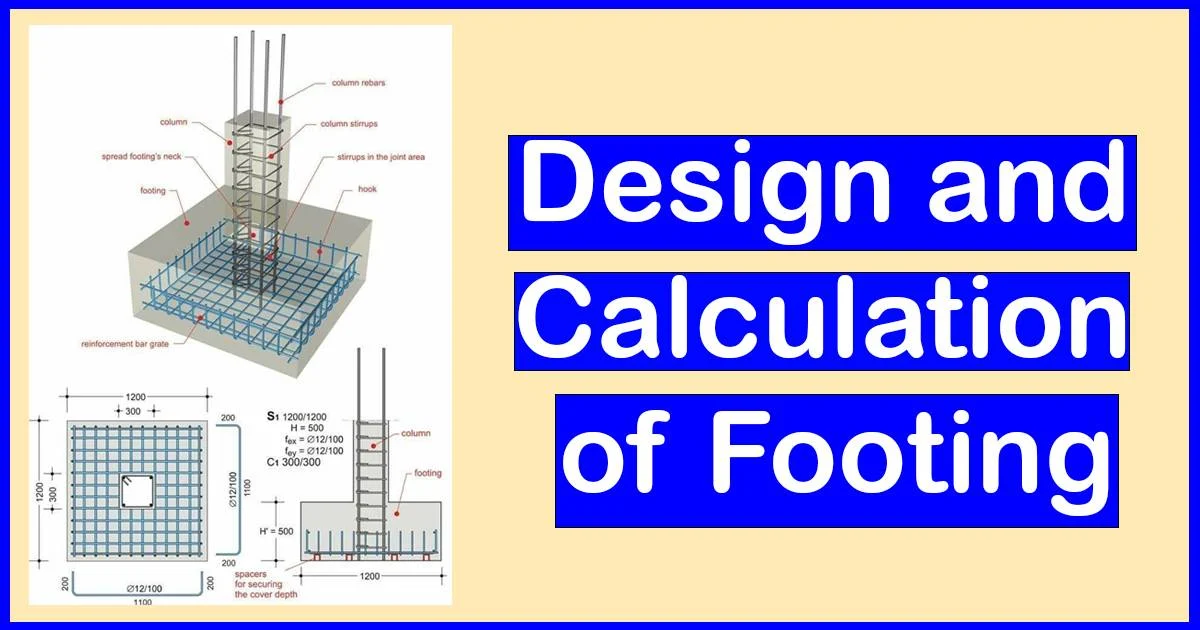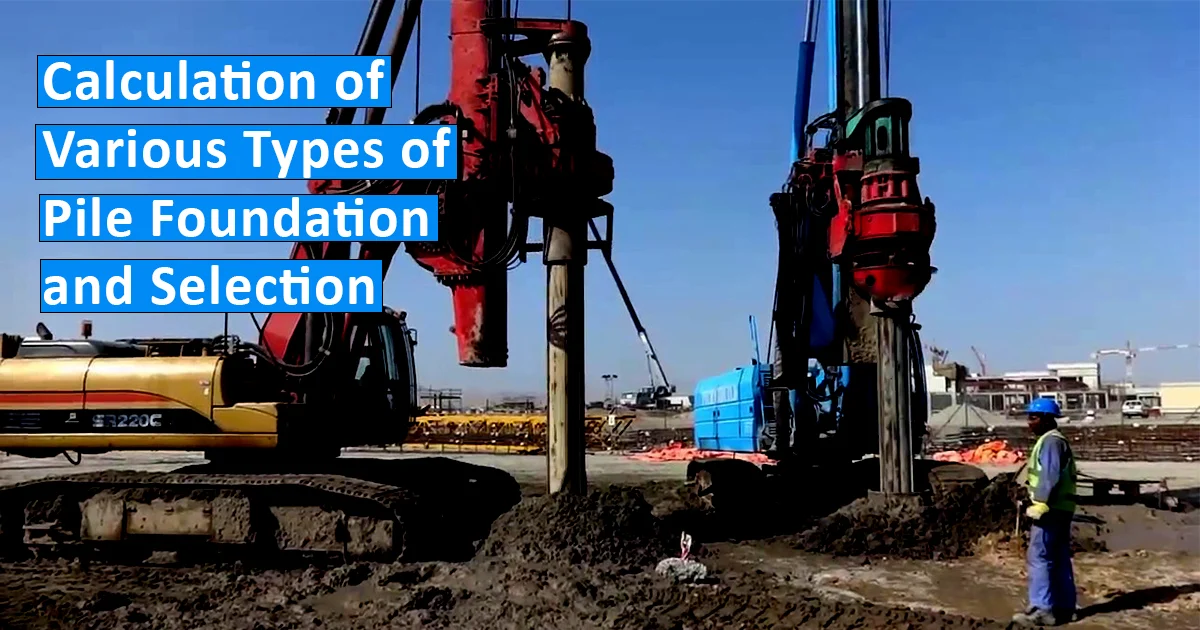Basic Aspects of Seismic Design

Basic Aspects of Seismic Design
The mass of the building being designed controls seismic design in addition to the building stiffness, because earthquake induces inertia forces that are proportional to the building mass. Designing buildings to behave elastically during earthquakes without damage may render the project economically unviable. As a consequence, it may be necessary for the structure to undergo damage and thereby dissipate the energy input to it during the earthquake. Therefore, the traditional earthquake-resistant design philosophy requires that normal buildings should be able to resist:
(a) Minor (and frequent) shaking with no damage to structural and non-structural elements;
(b) Moderate shaking with minor damage to structural elements, and some damage to non-structural elements; and
(c) Severe (and infrequent) shaking with damage to structural elements, but with NO collapse (to save life and property inside/adjoining the building).
Therefore, buildings are designed only for a fraction (~8-14%) of the force that they would experience, if they were designed to remain elastic during the expected strong ground shaking , and thereby permitting damage. But, sufficient initial stiffness is required to be ensured to avoid structural damage under minor shaking. Thus, seismic design balances reduced cost and acceptable damage, to make the project viable. This careful balance is arrived based on extensive research and detailed post-earthquake damage assessment studies. A wealth of this information is translated into precise seismic design provisions. In contrast, structural damage is not acceptable under design wind forces. For this reason, design against earthquake effects is called as earthquake-resistant design and not earthquake-proof design.

Earthquake-Resistant Design Philosophy for buildings: (a) Minor (Frequent) Shaking – No/Hardly any damage, (b) Moderate Shaking – Minor structural damage, and some non-structural damage, and (c) Severe (Infrequent) Shaking – Structural damage, but NO collapse

Basic strategy of earthquake design: Calculate maximum elastic forces and reduce by a
factor to obtain design forces.

Earthquake-Resistant and NOT Earthquake-Proof: Damage is expected during an earthquake in normal constructions (a) undamaged building, and (b) damaged building.
The design for only a fraction of the elastic level of seismic forces is possible, only if the building can stably withstand large displacement demand through structural damage without
collapse and undue loss of strength. This property is called ductility. It is relatively simple to design structures to possess certain lateral strength and initial stiffness by appropriately proportioning the size and material of the members. But, achieving sufficient ductility is more involved and requires extensive laboratory tests on full-scale specimen to identify preferable methods of detailing.
In summary, the loading imposed by earthquake shaking under the building is of displacement-type and that by wind and all other hazards is of force-type. Earthquake shaking requires buildings to be capable of resisting certain relative displacement within it due to the imposed displacement at its base, while wind and other hazards require buildings to resist certain level of force applied on it.While it is possible to estimate with precision the maximum force that can be imposed on a building, the maximum displacement imposed under the building is not as precisely known. For the same maximum displacement to be sustained by a building, wind design requires only elastic behaviour in the entire range of displacement, but in earthquake design there are two options, namely design the building to remain elastic or to undergo inelastic behaviour. The latter option is adopted in normal buildings, and the former in special buildings, like critical buildings of nuclear power plants.

Ductility: Buildings are designed and detailed to develop favorable failure mechanisms that possess specified lateral strength, reasonable stiffness and, above all, good post-yield deformability.

Displacement Loading versus Force Loading: Earthquake shaking imposes displacement loading on the building, while all other hazards impose force loading on it









